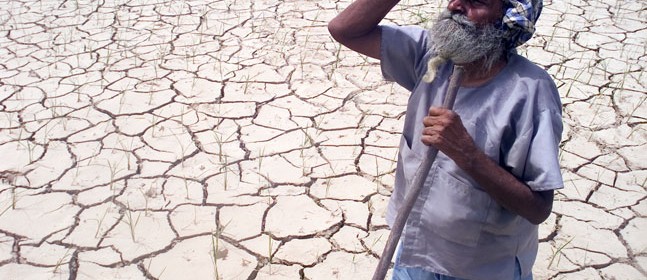Farmers In India Committing Suicide

|
Getting your Trinity Audio player ready...
|
A desparate farmer killed himself in public, and India’s politicians do little more than point their fingers. Gajendra Singh, 43, climbed a tree and hanged himself during a rally against the government’s new land acquisition bill. A suicide note said his crop had failed and he could not support his three children. Singh joins “a long list of farmers who have committed suicide”—about 200,000 over the past 18 years. By taking his life in front of the cameras, this farmer wanted “to send out a message to our political outfits to stop playing their political games at the expense of his ilk.” Even before Singh’s body was cremated, the “shameful political blame game” had begun.
The opposition Aam Aadmi Party, organizers of the rally, claimed the suicide was a stunt to make them look bad. The ruling Bharatiya Janata Party in turn asserted that Aam Aadmi had staged the incident to try to scupper the land bill. Lost in the spectacle was any real concern for the “starving children” or the farmer who had just ended his life in utter financial peril. Our farmers are in desperate straits, said Chaitanya Kalbag in The Economic Times. The banks won’t lend to them, so they borrow from “ bloodsucking moneylenders” at outrageous rates, or become sharecroppers, handing over part of their profits to a landlord.
Crops fail for many reasons and the farmers, most of whom work very small plots, have no savings at all. One bad season can ruin them. Their backs, seemingly to a wall. It’s no wonder why so many of them give up hope. At least 30 percent of rural Indians live in desperate poverty—that’s some 300 million people. The problem is that few people in India’s fast-growing cities care about their country cousins anymore. We normally only talk about farmers when we want to acquire their land “for our highways and industries.” There are signs that large parts of India will again be hit by drought this year, adding to rural distress. “Will we listen? Will we care?”

 Print
Print